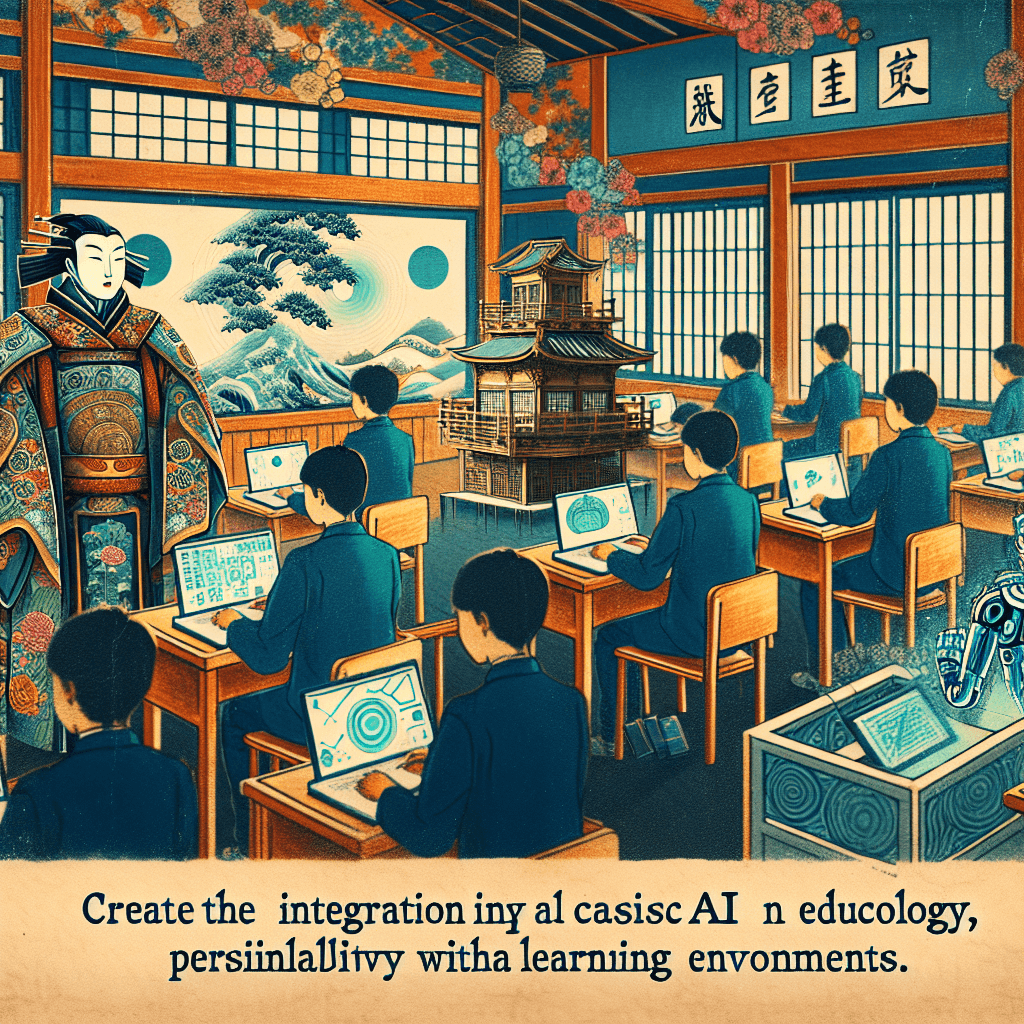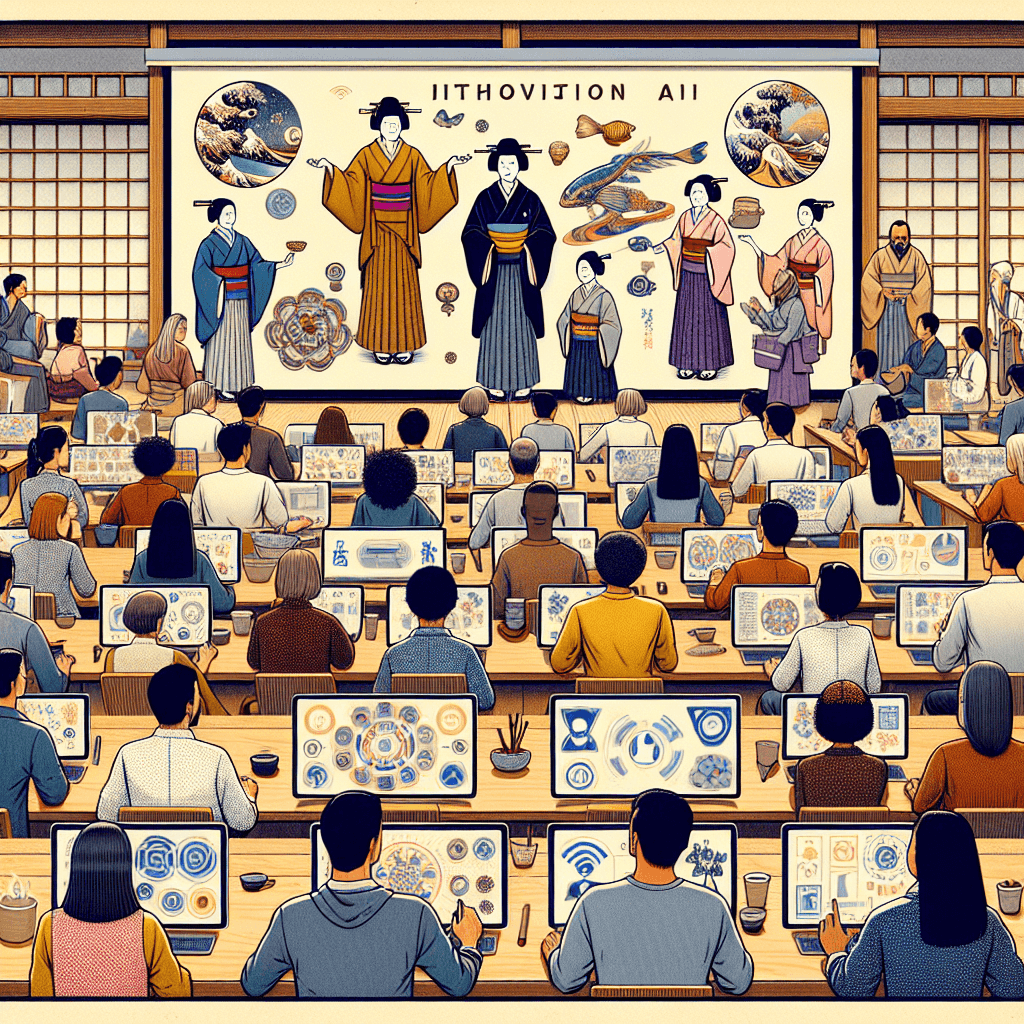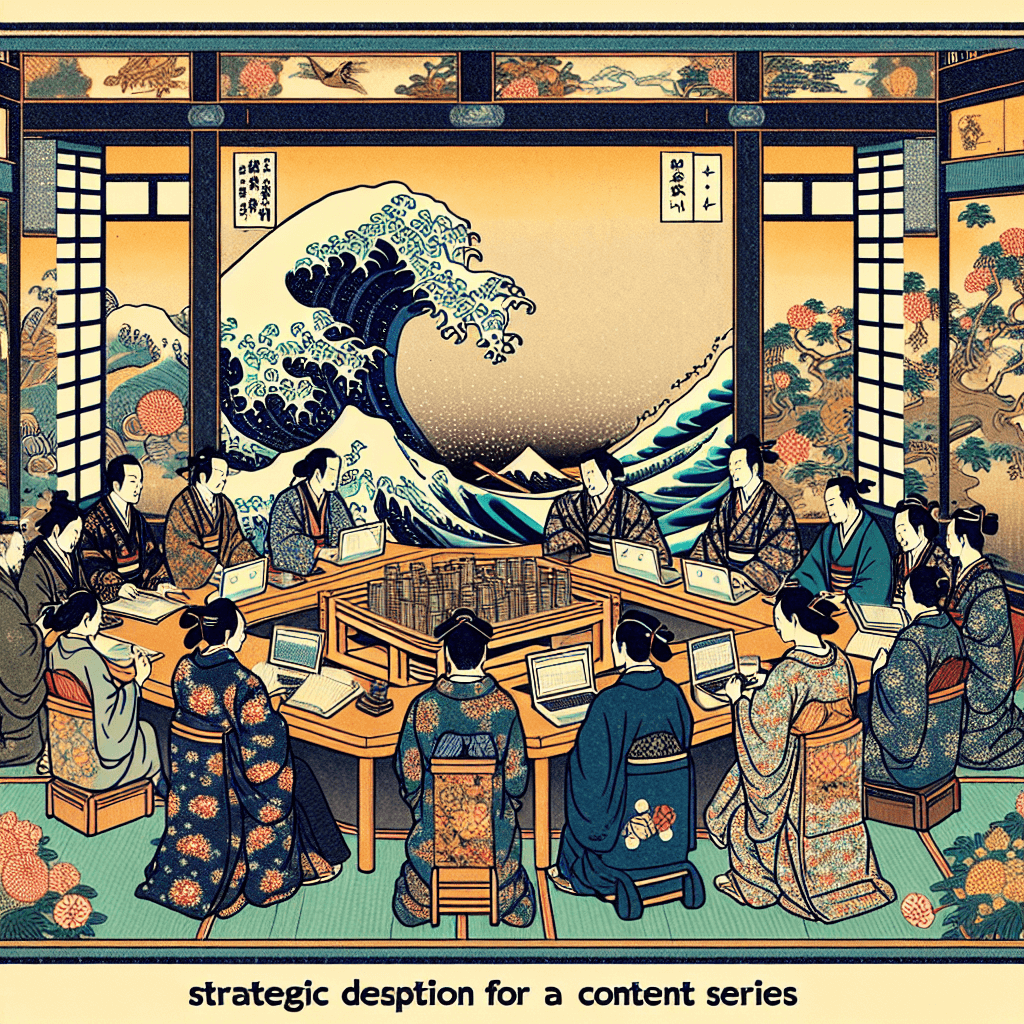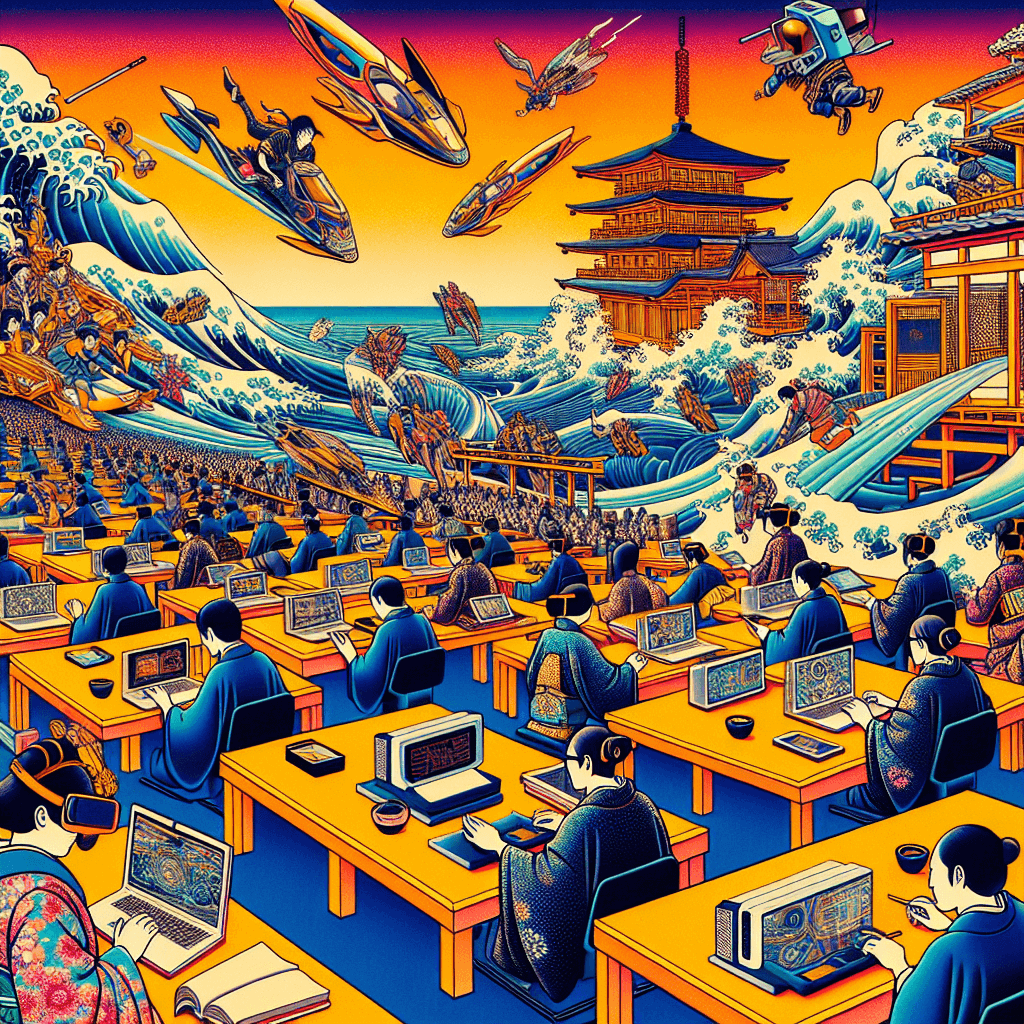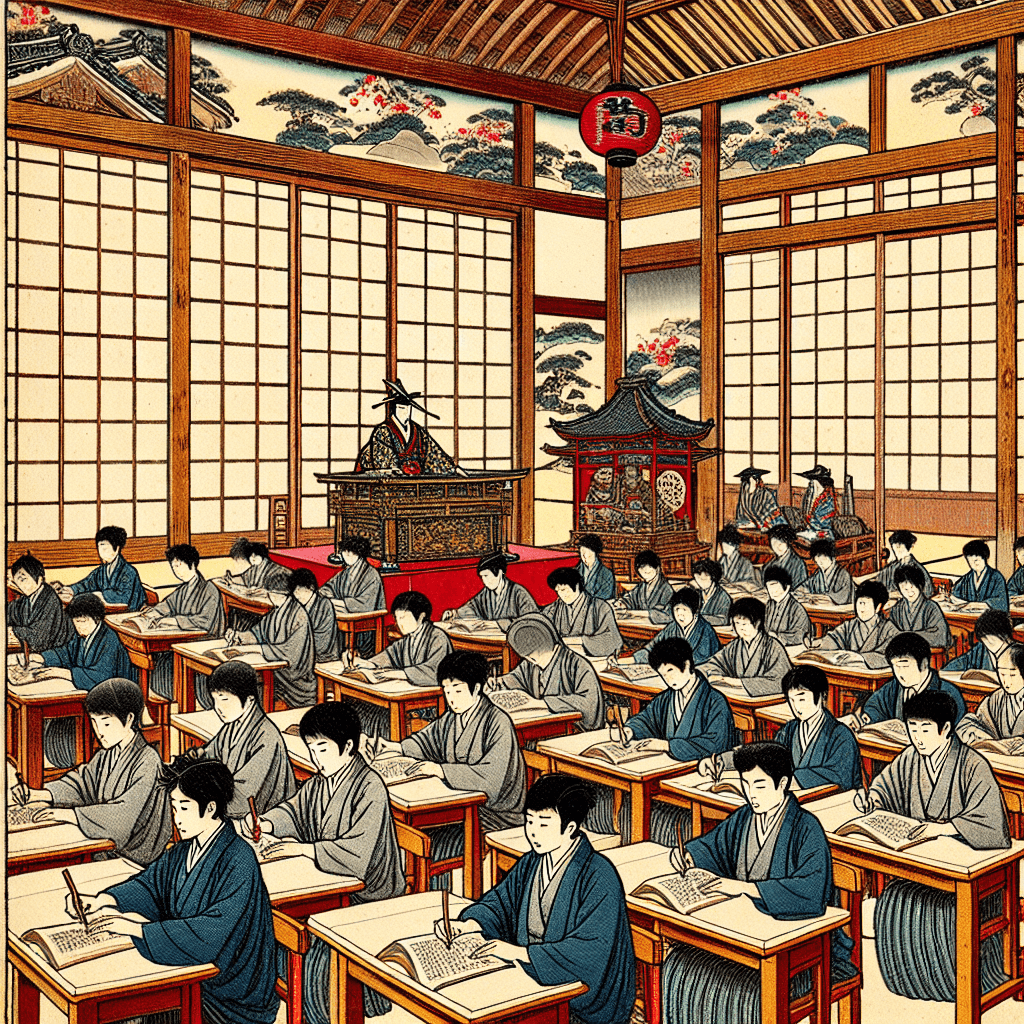Exploring the Future of EdTech
syndu | Sept. 14, 2024, 9:47 p.m.
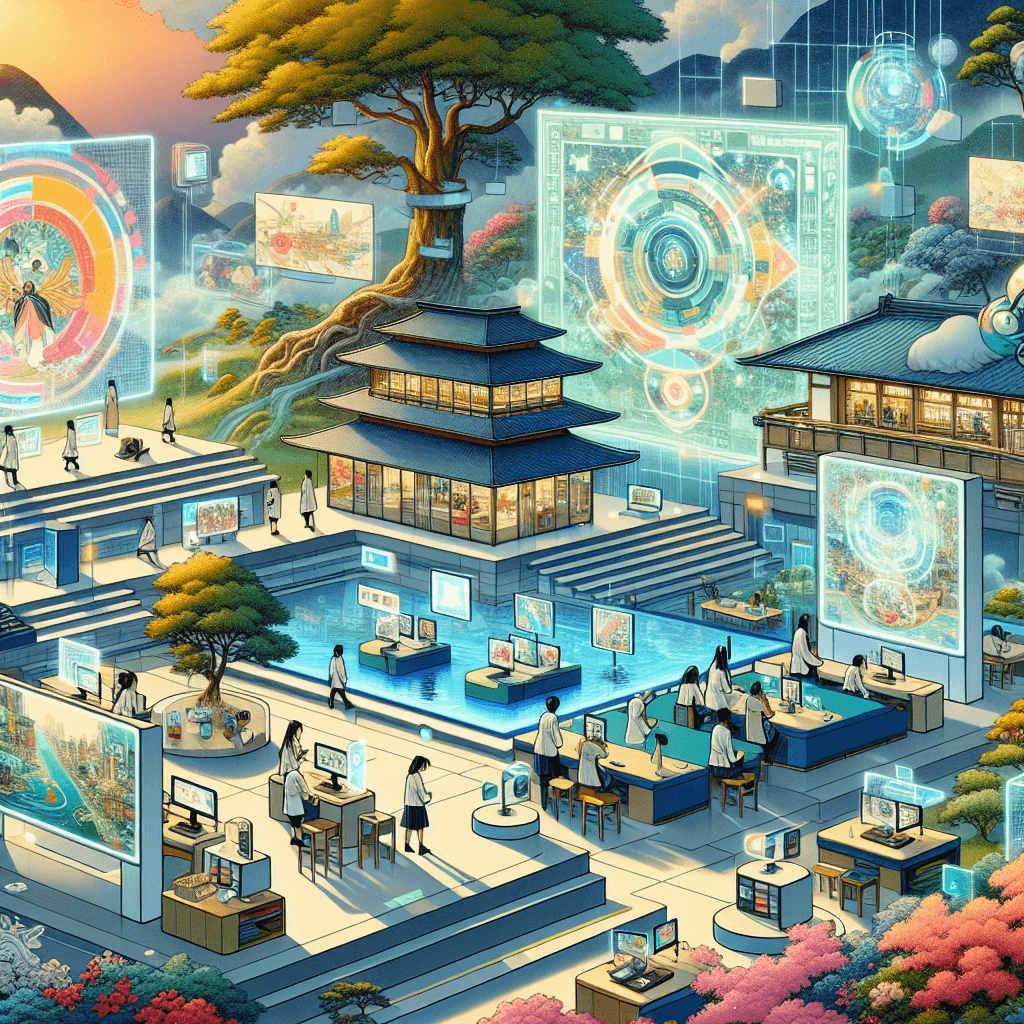
Research for Each Topic in the Content Series: "Exploring the Future of EdTech"
1. Introduction to EdTech
Title: "The Evolution of EdTech: From Chalkboards to AI"Relevant Information:
- History and Evolution:
- Early educational tools: chalkboards, textbooks.
- Introduction of computers in classrooms in the 1980s.
- The rise of the internet and online learning platforms in the 1990s and 2000s.
- Current trends: AI, VR/AR, personalized learning platforms.
Examples:
- Historical Milestones:
- 1960s: PLATO (Programmed Logic for Automated Teaching Operations) system.
- 1980s: Introduction of personal computers in schools.
- 1990s: Emergence of the internet and online courses.
- 2000s: Development of Learning Management Systems (LMS) like Blackboard and Moodle.
- 2010s: Rise of MOOCs (Massive Open Online Courses) and AI-driven learning tools.
“A timeline graphic showing the evolution of educational technology.”
Visual Metaphors:
- Images of historical educational tools (chalkboards, early computers) transitioning to modern tools (tablets, VR headsets).
2. AI in Education
Title: "How AI is Revolutionizing the Classroom"Relevant Information:
- AI Applications in Education:
- Personalized learning: AI algorithms tailor educational content to individual student needs.
- Intelligent tutoring systems: AI-powered tutors provide one-on-one assistance.
- Automated grading: AI systems grade assignments and provide feedback.
- Predictive analytics: AI predicts student performance and identifies at-risk students.
Examples:
- AI Tools:
- DreamBox: Adaptive math learning platform.
- Carnegie Learning's MATHia: AI-driven math tutoring system.
- Gradescope: AI-assisted grading platform.
- Duolingo: Language learning app using AI to personalize lessons.
Visual Metaphors:
- Infographic showing AI applications in education.
- Screenshots of AI-driven educational tools and platforms.
3. Virtual and Augmented Reality
Title: "Immersive Learning: The Role of VR and AR in Education"Relevant Information:
- VR/AR Technologies in Education:
- Virtual field trips: Students explore historical sites, outer space, or inside the human body.
- Interactive simulations: Hands-on learning experiences in subjects like biology, chemistry, and physics.
- Augmented reality: Enhances textbooks and classroom materials with interactive 3D models.
Examples:
- Case Studies:
- Google Expeditions: Virtual field trips for students.
- zSpace: Interactive 3D models for STEM education.
- Merge Cube: AR tool for exploring 3D objects.
Visual Metaphors:
- Images of students using VR headsets.
- Screenshots of AR applications in the classroom.
4. Personalized Learning
Title: "Tailoring Education: The Rise of Personalized Learning"Relevant Information:
- Personalized Learning Approaches:
- Adaptive learning platforms: Adjust content based on student performance.
- Competency-based learning: Students progress at their own pace.
- Data-driven instruction: Teachers use data to tailor lessons to individual needs.
Examples:
- Personalized Learning Tools:
- Knewton: Adaptive learning platform.
- Smart Sparrow: Personalized learning design platform.
- Khan Academy: Provides personalized practice and feedback.
Visual Metaphors:
- Diagrams showing personalized learning paths.
- Screenshots of adaptive learning platforms.
5. Future Trends in EdTech
Title: "What’s Next? Predicting the Future of EdTech"Relevant Information:
- Emerging Trends:
- AI and machine learning: Continued integration in educational tools.
- Blockchain: Secure credentialing and student records.
- Immersive technologies: VR/AR becoming more mainstream.
- Gamification: Increasing use of game elements in education.
Examples:
- Future Developments:
- AI-driven personalized learning becoming more sophisticated.
- Blockchain for secure and verifiable academic credentials.
- VR/AR for immersive and interactive learning experiences.
- Gamified learning platforms to increase engagement.
Visual Metaphors:
- Infographic predicting future trends in EdTech.
- Images of futuristic classroom technologies.
Conclusion
This research provides a comprehensive foundation for writing detailed and engaging blog posts on each topic in the content series "Exploring the Future of EdTech." The gathered information, examples, and visual metaphors will help create well-structured and insightful posts that highlight the evolution, current applications, and future trends in educational technology.
